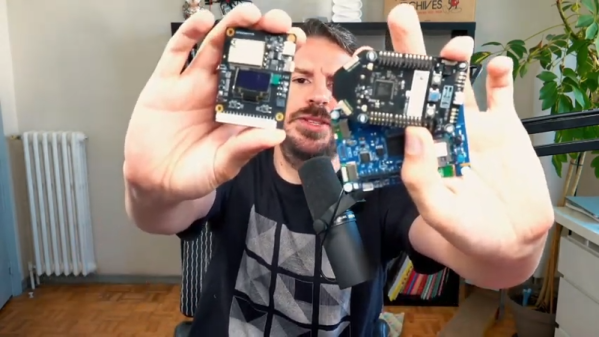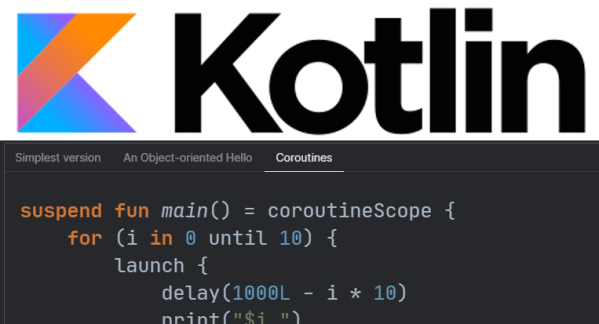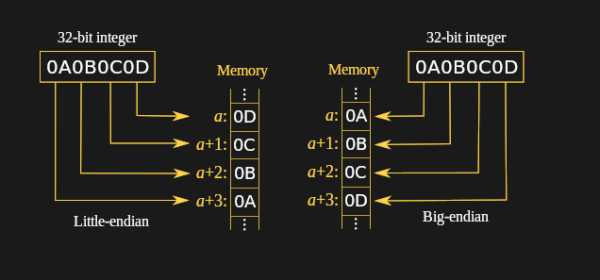Programming computers used to be harder. Don’t get us wrong — today, people tend to solve harder problems with computers, but the fundamental act of programming is easier. We have high-level languages, toolkits, and even help from our operating systems. Most people never have to figure out how to directly read from a disk drive, deblock the data into records, and perform multiplication using nothing but shifts and adds. While that’s a good thing, sometimes it is good to study the basics. That was [gnebehay’s] thought when his university studies were too high level, so he decided to write an arithmetic expression parser in Python. It came out in about 100 lines of code.
Interpreting math expressions is one of those things that seems simple until you get into it. The first problem is correctly lexing the input — a term that means splitting into tokens. For a human, it seems simple that 5-3 is three tokens, {5, -, and 3} and that’s easy to figure out. But what about 5+-3? That’s also three tokens: {5,+,-3}. Tricky.


















